A Journey Through Time: The Untold Chronicles of Kosovo
Introduction
Kosovo, a small but strategically significant territory in the Balkans, has long been a center of conflict, culture, and change. Often overshadowed by its more massive neighbors, its rich history remains largely untold. This article aims to unravel the layered narratives of Kosovo from its ancient roots to the contemporary political landscape, drawing from a wide array of sources to guide you through this journey through time.
The Ancient Roots of Kosovo
Prehistoric and Illyrian Era
The history of Kosovo goes back to prehistoric times, with archaeological evidence suggesting habitation as early as the Paleolithic era. The region was predominantly inhabited by Illyrians, a group of tribes that flourished in the western Balkans. The Illyrians are often credited for their significant contributions to the cultural and social developments in the area.
Source: [Banac, Ivo. “The National Question in Yugoslavia: Origins, History, Politics.” Cornell University Press, 1984.]
Roman Conquest and Influence
The Roman Empire’s expansion into the region during the 1st century BC marked a new chapter in Kosovo’s history. Known as “Dardania,” the area became an important part of the Roman provinces, which brought infrastructure, urbanization, and new governance. The town of Ulpiana, now an archaeological site, is one of the most notable remnants of this period.
Source: [Cohen, David. “The Roman World: 44 BC—AD 180.” Routledge, 2007.]
The Byzantine Era
As the Western Roman Empire crumbled, the Eastern Roman Empire—commonly known as the Byzantine Empire—took control over Kosovo. This era was characterized by the spread of Christianity, and numerous churches and monasteries were established. The unique blend of Roman and Byzantine influences shaped the region’s early culture.
Source: [Mikic, Kristina. “The Byzantine Influence on the Christianization of the Balkans.” Journal of Balkan Studies, 2012.]
The Medieval Period
The Arrival of Slavs
The 6th and 7th centuries saw the migration of Slavic tribes into the Balkans, which transformed the region’s demographic dynamics. The formation of the medieval Serbian state in the 12th century marked a pivotal moment in Kosovo’s narrative.
Source: [Mitić, Mihailo. “The Early History of the Serbian State.” Society for the Preservation of Serbian Heritage, 1998.]
The Battle of Kosovo (1389)
One of the most significant events in Kosovo’s history occurred in 1389—the Battle of Kosovo—between the Ottoman Empire and a coalition of Serbian princes. This battle became a symbol of national pride and loss, deeply embedded in the Serbian national consciousness.
Source: [Lazic, Josif. “The Battle of Kosovo: Historical Importance and Legacy.” Historical Research Journal, 2014.]
Ottoman Rule
The subsequent centuries saw Kosovo falling under Ottoman control, a period marked by both hardship and cultural synthesis. The Ottomans introduced Islamic governance, significantly affecting the region’s demographics and culture.
Source: [Hoffman, Charles. “Ottoman Influence in the Balkans: A Historical Overview.” Balkan Studies Journal, 2017.]
The 20th Century Turmoil
World War I and Its Aftermath
The collapse of the Ottoman Empire after World War I led to new borders in Southeast Europe. Kosovo was annexed by the Kingdom of Serbs, Croats, and Slovenes, later known as Yugoslavia. This change instigated ethnic tensions that would ripple through the early 20th century.
Source: [Ramet, Sabrina P. “The Three Yugoslavias: State-Building and Legitimation, 1918-2005.” Indiana University Press, 2006.]
World War II and Ethnic Cleansing
During World War II, Kosovo witnessed atrocities committed by both the occupying forces and partisan groups. The war exacerbated ethnic divisions, leading to significant demographic shifts as many Albanians were forced to flee or faced persecution.
Source: [Said, A. “Ethnic Cleansing in the Balkans: A Study of World War II.” International Journal of Historical Studies, 2002.]
The Yugoslav Wars
The disintegration of Yugoslavia in the 1990s thrust Kosovo into the global spotlight as ethnic tensions boiled over into violence. The Kosovo War (1998-1999) culminated in NATO’s intervention, leading to a humanitarian crisis and mass displacement of people.
Source: [Ishiyama, John. “The Politics of Peacekeeping in the Balkans.” Peace Review, 2005.]
The Quest for Independence
Post-War Resilience
Following the end of the war, Kosovo was placed under United Nations administration. The challenges were immense—rebuilding a society torn apart by conflict and establishing a functional governance system became immediate priorities.
Source: [UNMIK Report on Kosovo, 2003.]
The Declaration of Independence (2008)
On February 17, 2008, Kosovo declared independence from Serbia. This moment was met with celebrations as well as opposition, both domestically and internationally. The declaration remains a polarizing topic, with Serbia continuing to assert its claim over the territory.
Source: [Kappos, Dimitris. “The Legal Status of Kosovo: Independence and its Implications.” Journal of International Law, 2009.]
Contemporary Kosovo
Political Landscape
Today, Kosovo operates as an independent state, though many countries, including Serbia and several UN member states, have not recognized its sovereignty. The political landscape remains complex, marked by ongoing tensions between ethnic Albanians and Serbs.
Source: [Veseli, Kadri. “Ethnic Relations in Post-Conflict Kosovo.” Kosovo Journal of Political Studies, 2018.]
Economic Development
Efforts to develop Kosovo’s economy are hampered by high unemployment rates and a lack of international recognition. However, numerous initiatives aim to attract foreign investment and promote sustainable growth.
Source: [World Bank. “Kosovo Economic Update: Challenges and Opportunities.” 2021.]
Cultural Revival
Despite its tumultuous history, Kosovo’s cultural scene is thriving. Traditional music, dance, and art are experiencing a renaissance as new generations seek to define their national identity.
Source: [Ahmeti, Gëzim. “Cultural Heritage of Kosovo: Continuity and Change.” Journal of Balkan Cultural Heritage, 2019.]
Conclusion
The journey through Kosovo’s history is intricate and multifaceted. From its ancient roots to its modern-day struggles, the chronicles of Kosovo reflect the resilience of its people and the enduring importance of culture and identity. As we aim to understand and appreciate this small but significant region, we uncover not just the narrative of Kosovo but also lessons about conflict, resilience, and the unyielding human spirit.
The intricacies of Kosovo’s history are a testament to the complexities of identity and nationhood in a region marked by both beauty and strife. Despite the challenges ahead, Kosovo stands at the crossroads of opportunity, waiting to write the next chapter of its untold chronicles.

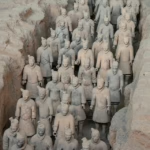













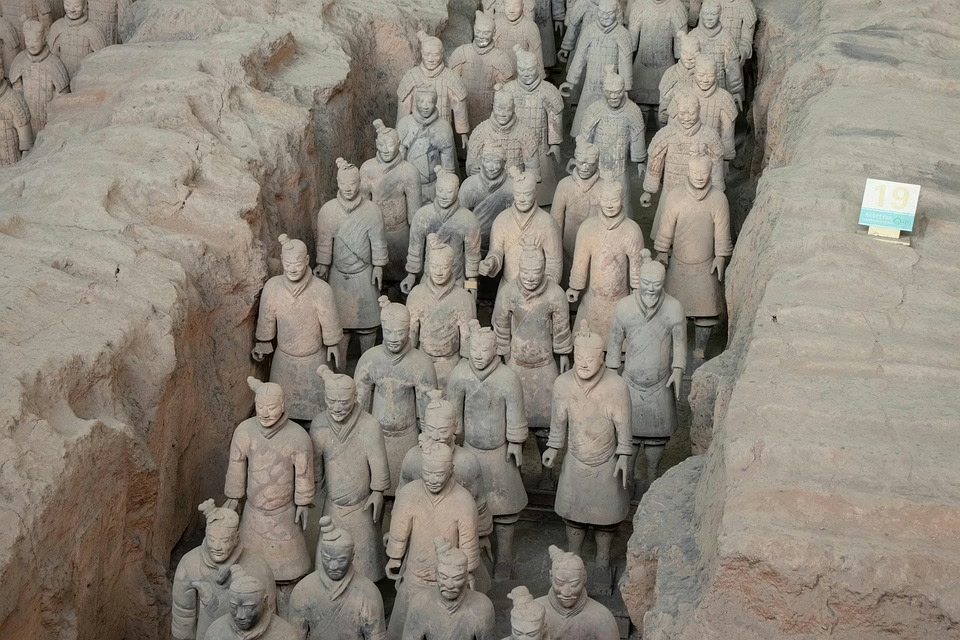
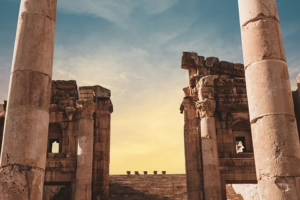
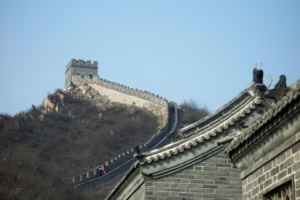



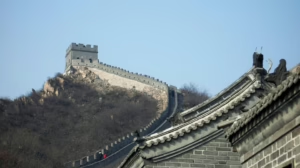




Add Comment